
In 2025, global atmospheric carbon dioxide levels could reach an astonishing 429.6 ppm, which is the highest in at least two million years. This is because of relentless fossil fuel burning, uncontrolled deforestation, and intensifying wildfires. According to scientists, these levels far surpass the safe limits needed to curb global warming.
As CO₂ accumulates, it traps more heat in the atmosphere, accelerating climate change. The increase in temperature can disrupt weather patterns, melt polar ice, and alter ocean currents. These disruptions impact human communities and harm several wildlife species, putting essential ecosystems at serious risk.
Wildlife Under Mounting Stress
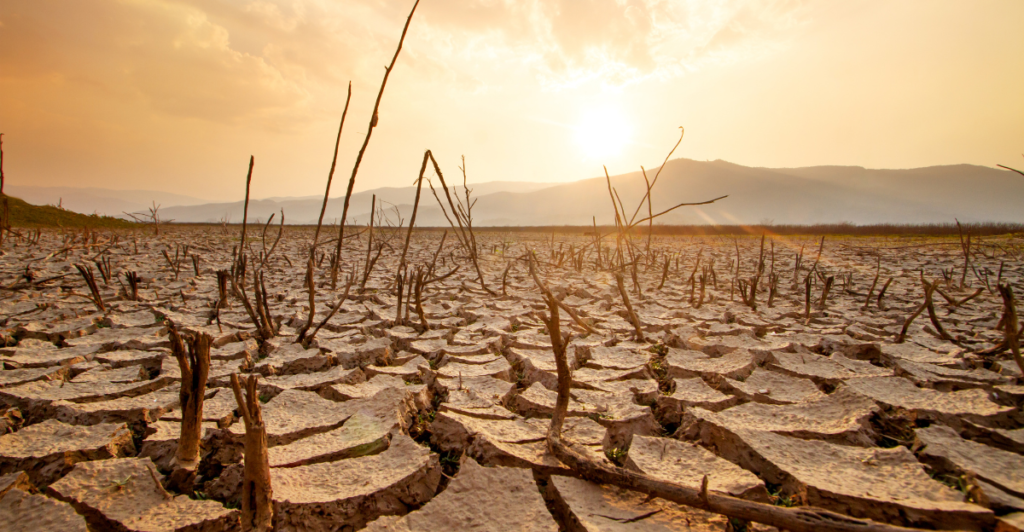
Rising CO₂ levels are known to intensify climate change, which puts immense pressure on wildlife. Animals and plants must cope with changing habitats, unpredictable weather, and declining resources. Many species are unable to adapt fast enough to survive these rapid changes. These changes cause birds to alter their migration routes, while amphibians lose breeding ponds, and mammals face shrinking food supplies.
Extreme weather events, like heatwaves, droughts, and floods, further disrupt life cycles. As certain habitats become uninhabitable, some species face local or global extinction. The delicate balance of predator-prey relationships starts to break down, causing widespread disruptions across ecosystems. This growing pressure on wildlife shows the critical need to reduce CO₂ emissions and protect the planet’s biodiversity before irreversible damage occurs.
Habitat Loss and Fragmentation
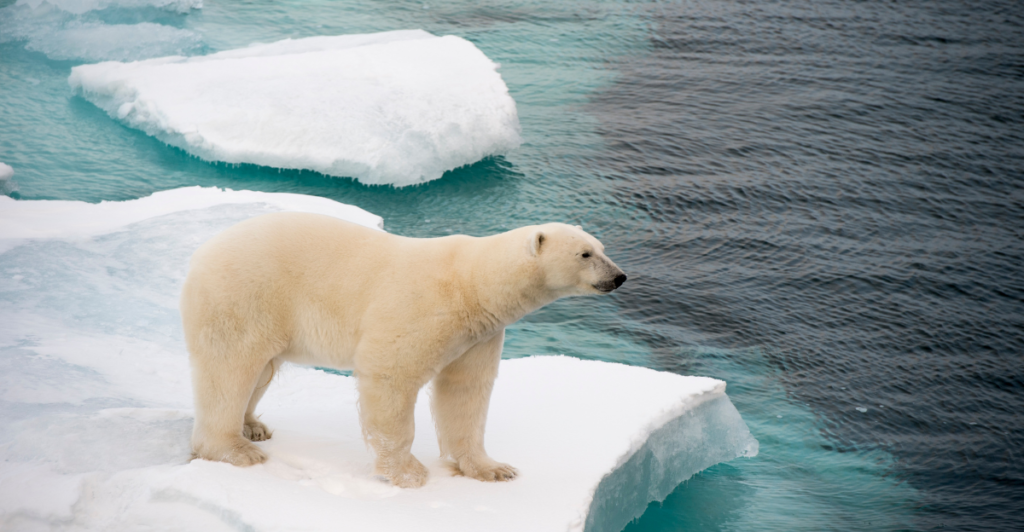
As CO₂-driven warming worsens, habitats slowly shrink, shift, or disappear entirely. This warming also causes forests to die because of droughts or wildfires, while wetlands dry up or are inundated by rising seas. Animals are forced to migrate to cooler areas, but many face impossible barriers like cities, roads, or inhospitable terrain to get to these areas.
This issue isolates many populations, making it harder to find food, mates, and shelter. For example, polar bears struggle as Arctic ice melts, while mountain species are pushed higher until there’s nowhere left to go. These changes do not only threaten individual species but entire ecosystems as the loss or migration of important organisms can destabilize food webs and ecosystem services that are essential for life.
Oceanic Impacts Ripple Outward
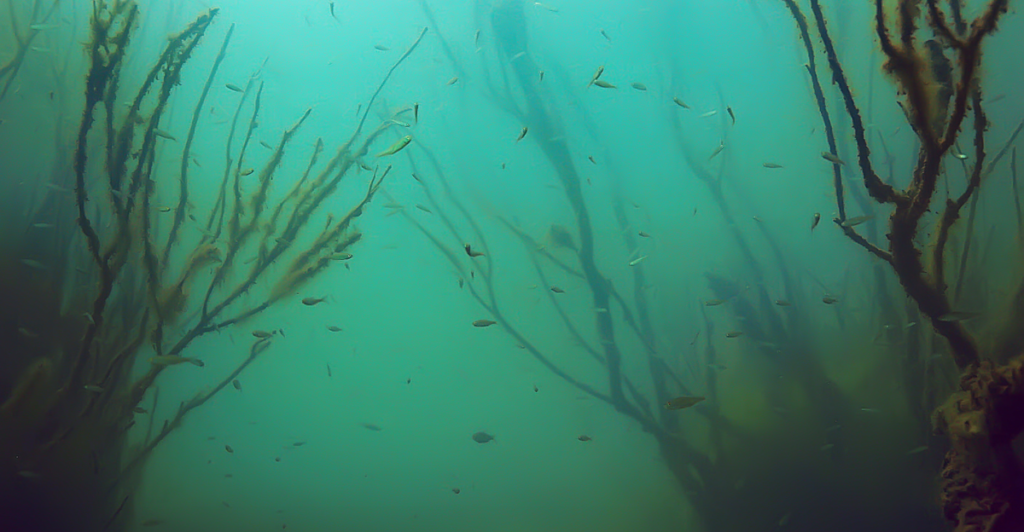
Although the ocean absorbs a massive portion of atmospheric CO₂, this comes at a cost. Increased levels of CO₂ cause ocean acidification, which weakens coral reefs and shell-forming creatures like oysters and plankton. Warmer waters also disrupt fish migration, breeding, and feeding patterns.
As essential species decline, entire marine food webs, from tiny zooplankton to large predators like whales and sharks, are threatened. Coral bleaching events, which now happen more frequently than ever before, destroy important habitats for thousands of species. This also causes fisheries to suffer, which impacts wildlife and human communities. The effects of acidification and warming disrupt ocean ecosystems, making it harder for marine life to adapt and survive in a rapidly changing world.
Disrupted Food Chains
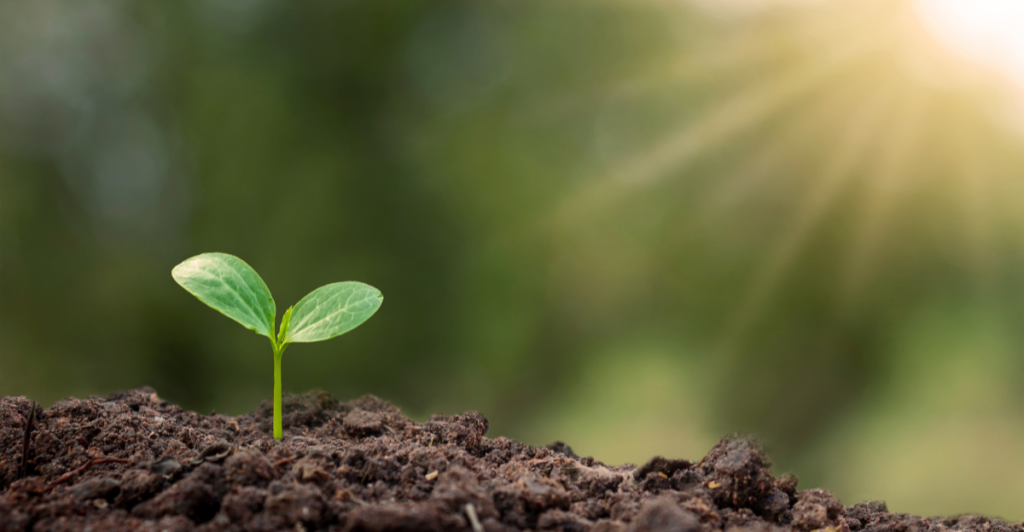
Higher CO₂ levels and climate change disrupt all kinds of food chains. On land, changes in plant growth and nutritional value affect herbivores, which in turn affect predators. Increased CO₂ levels can cause plants to grow faster with less protein, making them far less nutritious for insects and grazing animals.
In the oceans, declining plankton populations mean fish, seabirds, and marine mammals have less food. Important links in the food chain weaken or disappear, which can cause entire populations to collapse. These disruptions spread, weakening ecosystems and making them less resilient to further environmental changes. Losing even one species can have far-reaching consequences, showing the interconnectedness of all life.
Biodiversity Loss
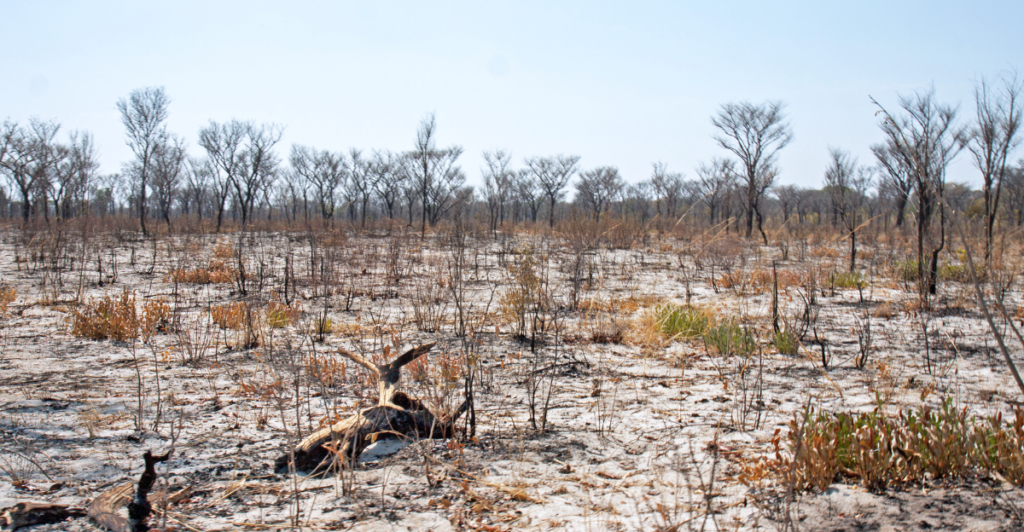
As CO₂ levels continue to increase, the loss of biodiversity intensifies at an alarming rate. Many species are already endangered because of habitat destruction, pollution, and overexploitation. Now, climate change adds another layer of threat and pushes vulnerable species even closer to extinction. Grassland studies have revealed that elevated CO₂ can triple species losses caused by nitrogen pollution, further intensifying this crisis.
Dominant species are also outcompeting others, which causes ecosystems to lose complexity and functionality. This decline weakens nature’s ability to adapt, recover, and provide essential services like pollination, pest control, and carbon sequestration. The rapid loss of biodiversity is a warning sign that the planet’s life-support systems are under extreme pressure and require urgent global action.
Invasive Species and Disease Spread
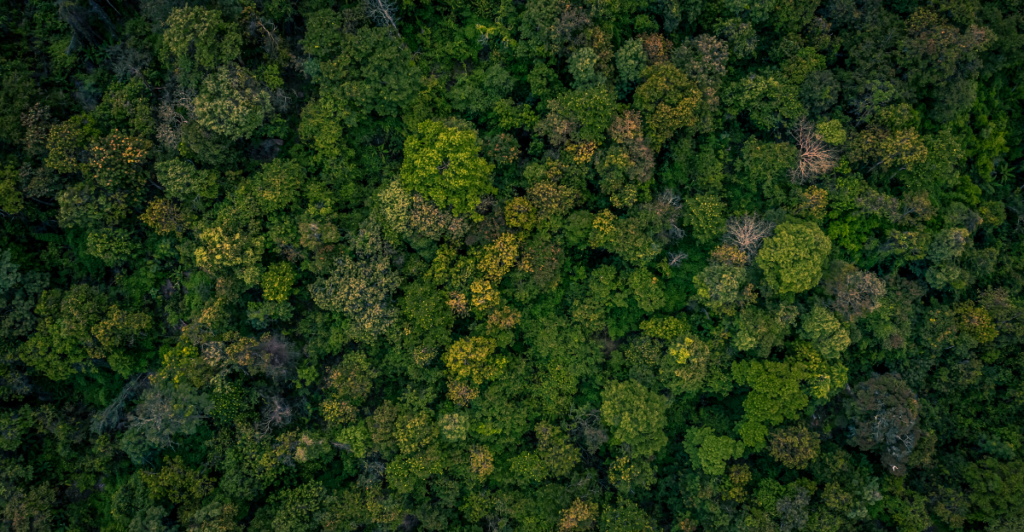
Higher CO₂ levels and climate change create opportunities for invasive species and diseases to spread. Native species struggle to adapt to these changes, while newcomers who are better suited to altered conditions take over, often bringing new pathogens with them. Invasive plants, insects, and animals outcompete or prey on native wildlife, reducing biodiversity and destabilizing ecosystems.
As temperatures rise, disease-carrying organisms like mosquitoes and ticks are expanding their range. This poses a threat to wildlife and humans. The spread of disease among already stressed animal populations can lead to even more extinctions. Managing invasive species and new diseases is extremely important to protect the planet’s ecological balance.
Carbon Sinks Under Threat
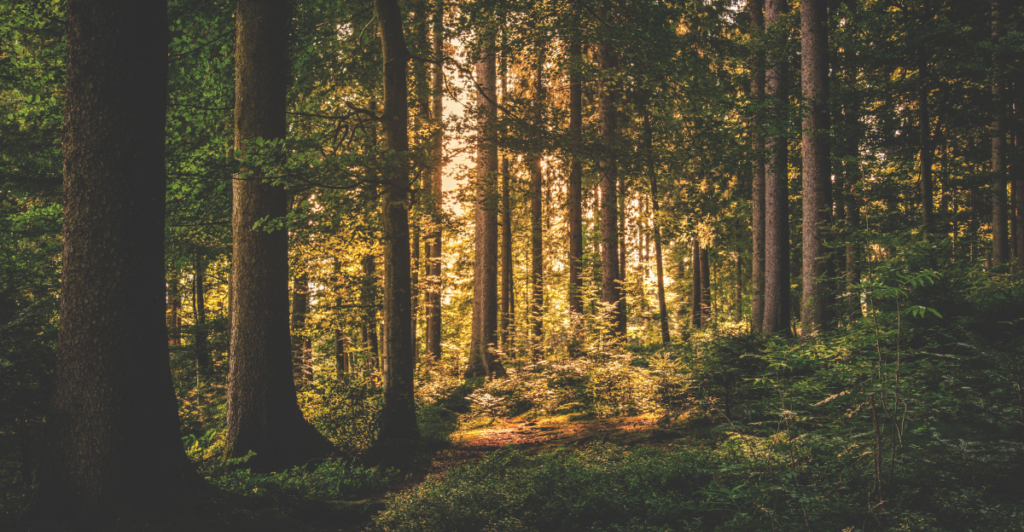
Healthy ecosystems, like forests, wetlands, and oceans, act as carbon sinks, absorbing and storing CO₂ from the atmosphere. However, as wildlife populations decline and habitats degrade, these carbon sinks become less effective. Deforestation, wildfires, and the loss of essential species can turn ecosystems into carbon sources that release stored CO₂ back into the atmosphere.
The loss of large herbivores and predators can alter plant growth and soil health, which can reduce carbon storage. Protecting and restoring wildlife-rich habitats is important for biodiversity and mitigating climate change. The fate of carbon sinks and the climate are deeply intertwined with the health of global wildlife populations.
The Role of Keystone Species
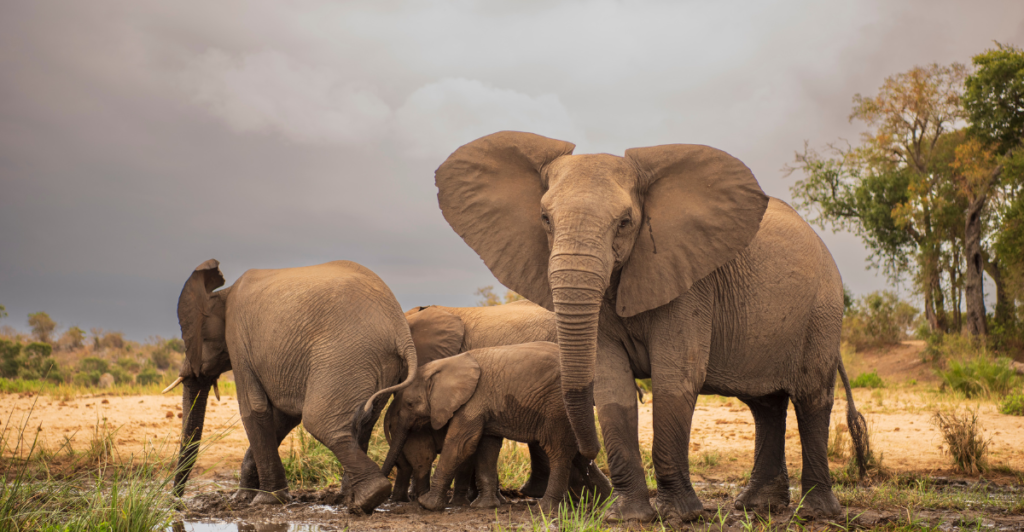
Keystone species, like elephants, wolves, and whales, play significant roles in maintaining ecosystem balance and carbon cycling. These creatures shape landscapes, regulate populations, and facilitate nutrient distribution. For example, elephants create clearings that promote plant diversity, while whales help fertilize ocean waters and improve plankton growth.
The loss of these animals can trigger ecological collapse and reduce an ecosystem’s ability to store carbon and withstand climate shocks. Protecting keystone species is essential for wildlife and climate stability. Their survival helps ecosystems stay resilient, productive, and capable of supporting diverse life in the face of growing environmental challenges.
Urgency for Global Action
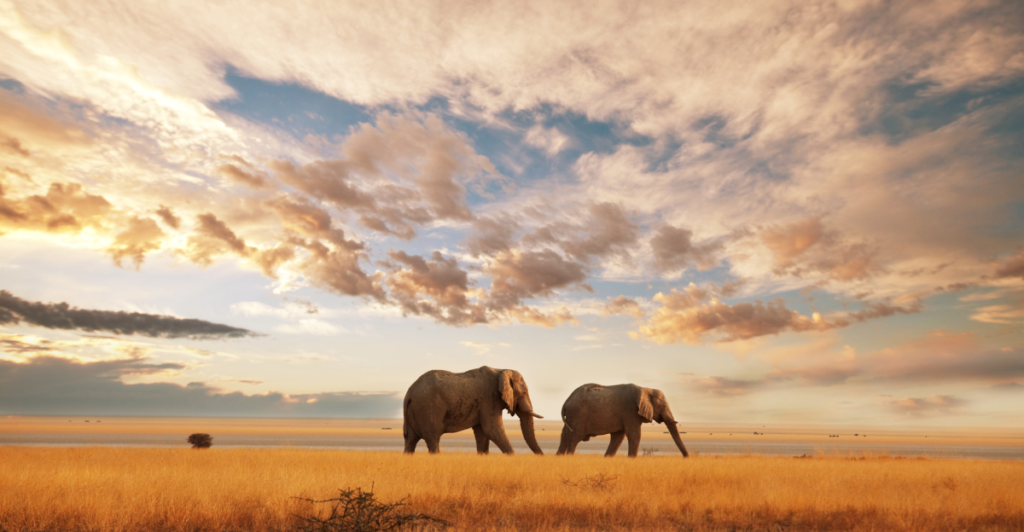
The record-breaking rise in atmospheric CO₂ calls for urgent global action. Reducing fossil fuel emissions, protecting habitats, and restoring wildlife populations are extremely important to protect our planet’s biodiversity and climate stability.
Governments, businesses, and individuals must work together to protect the planet. This means using renewable energy, supporting conservation, and bringing nature back to damaged areas. To save wildlife, and ourselves, we must act quickly and tackle the main causes of rising CO₂ levels.
Explore more of our trending stories and hit Follow to keep them coming to your feed!

Don’t miss out on more stories like this! Hit the Follow button at the top of this article to stay updated with the latest news. Share your thoughts in the comments—we’d love to hear from you!







